Home>Garden Essentials>What Is A Rubber Infill
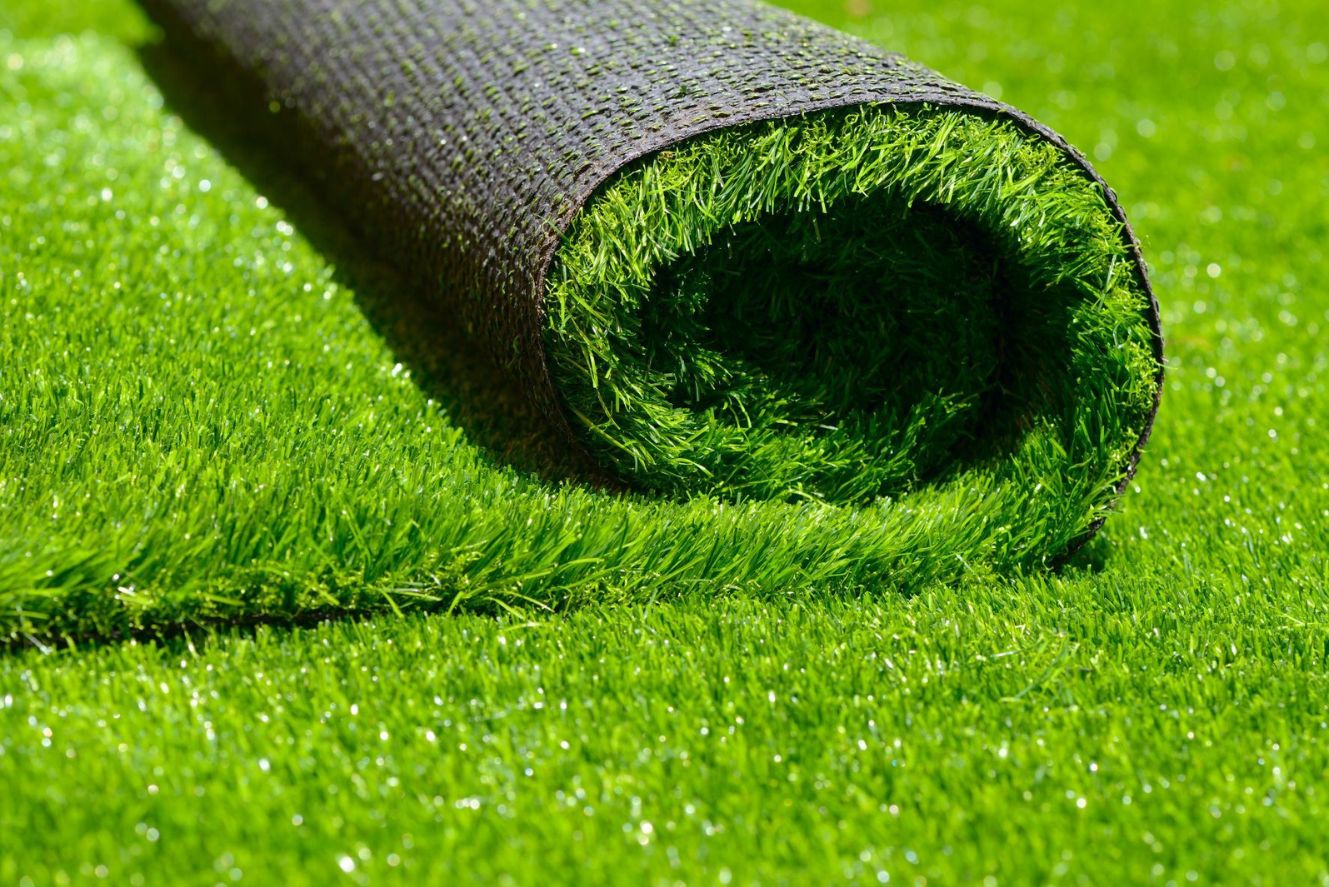

Garden Essentials
What Is A Rubber Infill
Modified: October 20, 2024
Discover the benefits of rubber infill for your garden. Find out how it can enhance safety, durability, and aesthetics of your outdoor space.
(Many of the links in this article redirect to a specific reviewed product. Your purchase of these products through affiliate links helps to generate commission for Storables.com, at no extra cost. Learn more)
Introduction:
Gardens are a sanctuary of natural beauty and a source of relaxation for many individuals. Creating and maintaining a beautiful garden requires not only the right plants and landscaping techniques but also an understanding of various garden materials and their benefits. One such material often used in gardens is rubber infill. In this article, we will delve into the world of rubber infill and explore its definition, composition, benefits, drawbacks, applications, environmental impact, and alternatives. Whether you’re a seasoned gardener or just starting to explore the world of gardening, understanding rubber infill can help you make informed decisions about your garden materials.
Key Takeaways:
- Rubber infill is a recycled material used in gardens for safety and low maintenance. It cushions falls, absorbs shock, and allows water drainage, but may retain heat and have environmental concerns.
- Consider rubber infill alternatives like natural grass, artificial turf, wood chips, or cork infill based on your specific needs and values. Each option has unique benefits and considerations for your garden.
Read more: What Is An Infill Speed
Definition of Rubber Infill:
Rubber infill refers to a material used in gardening and landscaping as a ground cover for various purposes. It is typically made from recycled rubber, which is processed and converted into small granules or pellets. These rubber particles are then applied as a top layer on the ground surface to provide cushioning, drainage, and other functional benefits. Rubber infill is commonly used in areas such as playgrounds, sports fields, and gardens to enhance safety, improve performance, and reduce maintenance requirements.
The main objective of using rubber infill is to create a soft and forgiving ground surface that can withstand heavy foot traffic, reduce injuries from falls, and provide a comfortable walking or playing experience. It serves as a protective layer over the existing soil or turf, offering a range of benefits that make it a popular choice for many garden enthusiasts.
It is important to note that rubber infill is different from rubber mulch, which is typically made from shredded or ground-up rubber and used as a decorative ground cover in gardens. Rubber infill, on the other hand, is specifically designed for functional purposes and is commonly used in high-impact areas where safety and durability are paramount.
Composition of Rubber Infill:
Rubber infill is primarily composed of recycled rubber, which is obtained from various sources including discarded tires, conveyor belts, and other rubber products. The recycling process involves cleaning and processing the rubber to remove impurities and create the desired particle size for the infill. The result is a collection of small granules or pellets that are uniform in size and texture.
The composition of rubber infill may vary depending on the source and manufacturing process, but it typically consists of vulcanized rubber, which is rubber that has been chemically treated to increase its strength and durability. This makes it suitable for withstanding heavy use and extreme weather conditions.
In addition to vulcanized rubber, rubber infill may also contain additives such as binders and colorants to enhance its performance and aesthetic appeal. Binders are often used to help the rubber particles adhere to the ground surface, providing stability and preventing displacement. Colorants can be added to create different shades and colors, allowing for customization and visual enhancement of the garden area.
It is important to note that rubber infill can be made from both natural rubber and synthetic rubber. Natural rubber is derived from the latex sap of rubber trees, while synthetic rubber is a man-made material produced through chemical processes. Both types of rubber can be used in the production of rubber infill, with synthetic rubber often being preferred due to its durability and consistency.
Overall, the composition of rubber infill combines recycled rubber, binders, colorants, and potentially other additives to create a versatile and resilient material that can withstand the demands of various garden applications.
Benefits of Rubber Infill:
Rubber infill offers a range of benefits that make it a popular choice for gardening and landscaping projects. Here are some of the key advantages of using rubber infill:
- Cushioning and Safety: Rubber infill provides a cushioned surface that helps reduce the impact of falls and injuries. It is commonly used in playgrounds and sports fields to create a soft landing area for children and athletes, minimizing the risk of serious injuries.
- Shock Absorption: Due to its elastic properties, rubber infill can absorb shock and distribute impact energy, making it ideal for areas with high foot traffic. This helps protect the underlying surfaces from damage and minimizes the wear and tear caused by constant use.
- Drainage and Water Permeability: Rubber infill allows water to penetrate through the surface, promoting proper drainage and preventing the formation of puddles. This helps maintain a dry and safe environment, especially during rainy seasons.
- Low Maintenance: Rubber infill requires minimal maintenance compared to other ground cover options. It does not need to be mowed, watered, or fertilized like natural grass, saving time, money, and resources in the long run. Additionally, it helps reduce the growth of weeds and pests, further reducing the need for maintenance.
- Durable and Long-lasting: Rubber infill is designed to withstand heavy use, extreme weather conditions, and UV exposure, making it highly durable and long-lasting. It does not degrade or break down easily, ensuring its performance and appearance for an extended period of time.
- No Allergens or Irritants: Unlike some organic materials like grass or mulch, rubber infill does not release allergens or irritants that can cause allergic reactions or respiratory issues. This makes it a suitable choice for individuals with allergies or sensitivities.
- Versatile Applications: Rubber infill can be used in various garden and landscape applications, including pathways, outdoor seating areas, and pet play areas. Its versatility allows for creative and functional designs that enhance the overall aesthetics and usability of the space.
These benefits collectively make rubber infill an attractive option for gardeners and landscapers who seek a durable, low-maintenance, and safe ground cover solution that offers both functionality and visual appeal.
Drawbacks of Rubber Infill:
While rubber infill offers several advantages, it is important to consider its drawbacks before incorporating it into your garden or landscaping project. Here are some of the key drawbacks associated with rubber infill:
- Heat Absorption: Rubber has a tendency to absorb and retain heat, especially in sunny and hot climates. This can lead to the ground surface becoming uncomfortably hot, making it less pleasant for walking or playing barefoot.
- Odor: Newly installed rubber infill may emit a noticeable odor, which can be off-putting for some individuals. However, the odor generally dissipates over time with exposure to air.
- Potential for Staining: Rubber infill can sometimes have a staining effect, particularly in light-colored surfaces or textiles. It is essential to take precautions to prevent any potential staining from occurring.
- Slippery Surface: Rubber infill can become slippery, especially when wet. This can pose a safety risk, particularly in areas where there is a high likelihood of water accumulation, such as around swimming pools or in rainy climates.
- Environmental Concerns: Rubber infill is primarily made from recycled tires, which raises environmental concerns. It is crucial to ensure that the rubber used in the infill is sourced from reputable suppliers who follow environmentally responsible recycling practices.
- Displacement: Over time, rubber infill particles may migrate or displace, particularly in high-traffic areas or during heavy rainfall. This may require regular maintenance to redistribute the infill and maintain a consistent surface level.
- Cost: Compared to traditional ground covers like natural grass or mulch, rubber infill can be more expensive to install initially. However, it may provide long-term cost savings due to its low maintenance requirements.
It is essential to evaluate these drawbacks and consider them in the context of your specific gardening needs and preferences. By understanding both the benefits and drawbacks, you can make an informed decision about whether rubber infill is the right choice for your garden or landscaping project.
Rubber infill is a material used in artificial turf to provide cushioning and support for the synthetic grass blades. It helps to improve the performance and safety of the playing surface by reducing impact and preventing injuries.
Read more: What Is An Infill
Application of Rubber Infill:
Rubber infill has a wide range of applications in gardening and landscaping projects. Here are some common uses of rubber infill:
- Playgrounds: Rubber infill is often used as a safety surface in playgrounds to create a soft and impact-absorbing ground cover. It helps protect children from injuries during falls and provides a comfortable play area.
- Sports Fields: Rubber infill is commonly utilized in sports fields, such as soccer fields and tennis courts, to enhance performance, reduce injuries, and improve overall playability. It helps cushion the impact of running and sliding, providing a safer playing surface.
- Garden Pathways: Rubber infill can be used to create pathways in the garden, providing a comfortable and durable walking surface. Its cushioning properties make it easier on the joints, and its low maintenance requirements make it an ideal choice for garden paths.
- Outdoor Seating Areas: Rubber infill can be applied in outdoor seating areas, such as patios and decks, to create a comfortable and slip-resistant surface. It helps prevent slips and falls, making it safer for gathering and relaxation areas.
- Pet Play Areas: Rubber infill is often used in pet play areas, offering a safe and resilient surface for pets to play and roam. It provides traction, cushioning, and drainage, making it suitable for outdoor spaces designated for pets.
- Landscaped Gardens: Rubber infill can be incorporated into landscaped gardens to create functional and visually appealing designs. Its versatile nature allows for the creation of interesting patterns and textures, enhancing the overall aesthetics of the garden.
It is important to consider the specific needs and requirements of your garden or landscaping project when determining the application of rubber infill. By understanding the potential uses of rubber infill, you can explore creative ways to incorporate it into your garden design, enhancing both safety and visual appeal.
Environmental Impact of Rubber Infill:
When considering the use of rubber infill in your garden or landscaping project, it is important to understand its potential environmental impact. Here are some key points to consider:
- Recycled Material: Rubber infill is typically made from recycled rubber, primarily sourced from discarded tires. By using recycled materials, rubber infill helps reduce waste and promotes a more sustainable approach to gardening and landscaping.
- Landfill Reduction: By repurposing used tires into rubber infill, it helps divert these materials from landfills, where they would otherwise take up space and contribute to environmental pollution.
- Resource Conservation: Rubber infill reduces the need for traditional ground covers like grass, which require regular watering, fertilization, and maintenance. This helps conserve water and reduces the use of chemicals and resources associated with traditional lawn care practices.
- Product Longevity: Rubber infill is designed to be durable and long-lasting, reducing the frequency of replacement. This helps minimize waste generated from constantly replacing or repairing other ground cover options.
- Chemical Leaching: While rubber infill itself is composed of recycled rubber, some concerns have been raised about the potential leaching of chemicals from the rubber into the surrounding soil or water. However, studies have shown that the leaching is minimal, and any potential risks are negated by proper installation techniques and site preparation.
- Disposal Concerns: At the end of its lifespan, rubber infill must be disposed of properly. While it is not biodegradable, it can still be recycled or repurposed into other rubber products. It is important to check local recycling facilities or consult with waste management professionals to ensure proper disposal methods.
- Sourcing Considerations: It is crucial to choose rubber infill suppliers who adhere to environmentally responsible recycling practices. Ensure that the rubber used is from reputable sources and meets safety standards.
Overall, while rubber infill offers potential environmental benefits through the use of recycled materials and resource conservation, it is important to be aware of any potential risks and ensure responsible usage and disposal. By making informed choices and considering the environmental impact, you can minimize any negative effects associated with rubber infill.
Alternatives to Rubber Infill:
If you’re looking for alternatives to rubber infill for your garden or landscaping project, there are several options to consider that offer different benefits and characteristics. Here are some popular alternatives:
- Natural Grass: One of the most traditional and common alternatives to rubber infill is natural grass. It provides a lush and natural look to the garden and offers a soft surface for walking or playing. However, it requires regular maintenance such as mowing, watering, and fertilizing.
- Artificial Turf: Artificial turf is a synthetic grass substitute that requires minimal maintenance compared to natural grass. It provides a consistent and lush appearance throughout the year. However, it doesn’t offer the same level of cushioning and shock absorption as rubber infill.
- Wood Chips or Mulch: Wood chips or mulch is a popular alternative for ground cover in garden beds or play areas. It is a natural and environmentally friendly option that helps retain moisture in the soil and suppresses weed growth. However, it may require periodic replenishment and can be less resilient than rubber infill.
- Pea Gravel: Pea gravel is a decorative and versatile alternative that can be used in pathways and play areas. It provides good drainage and is easy to maintain. However, it can be uncomfortable to walk on for extended periods and may require occasional raking or replenishing.
- Cork Infill: Cork infill is an eco-friendly alternative that provides similar cushioning and shock absorption properties to rubber infill. It is made from recycled cork materials and is a renewable resource. It offers a natural and sustainable option for ground cover. However, it may be less readily available and more expensive than rubber infill.
- Rubber-Free Synthetic Infill: There are synthetic infill options available that are free of rubber. These alternatives mimic the cushioning and shock absorption properties of rubber infill while eliminating any potential concerns associated with rubber recycling. They can be made from materials such as thermoplastic elastomers or ethylene propylene diene monomer (EPDM) rubber.
When considering alternatives to rubber infill, it is important to assess your specific requirements, budget, and desired aesthetic appeal. Each alternative offers its own set of advantages and considerations, so choose the option that aligns best with your needs and values.
Conclusion:
Rubber infill is a versatile material that offers numerous benefits for gardeners and landscapers. Its cushioning properties, safety features, and low maintenance requirements make it a popular choice for various applications. However, it is important to consider the potential drawbacks and environmental impact associated with rubber infill before incorporating it into your garden or landscaping project.
Understanding the composition, benefits, drawbacks, applications, and alternatives of rubber infill allows you to make informed decisions and select the right ground cover option for your specific needs. Whether you choose to use rubber infill, explore alternatives like natural grass, artificial turf, wood chips, pea gravel, cork infill, or rubber-free synthetic infill, each option has its own unique benefits and considerations.
Ultimately, the choice of ground cover material for your garden or landscaping project depends on factors such as safety requirements, desired aesthetics, maintenance preferences, and environmental considerations. By weighing the pros and cons of different options, you can create a beautiful and functional garden space that meets your needs and enhances your outdoor experience.
Remember to choose reputable suppliers, prioritize responsible recycling and disposal methods, and stay informed about the latest developments in ground cover materials. This way, you can contribute to a sustainable and eco-friendly gardening practice while creating a safe and enjoyable environment for yourself and others to enjoy.
Frequently Asked Questions about What Is A Rubber Infill
Was this page helpful?
At Storables.com, we guarantee accurate and reliable information. Our content, validated by Expert Board Contributors, is crafted following stringent Editorial Policies. We're committed to providing you with well-researched, expert-backed insights for all your informational needs.
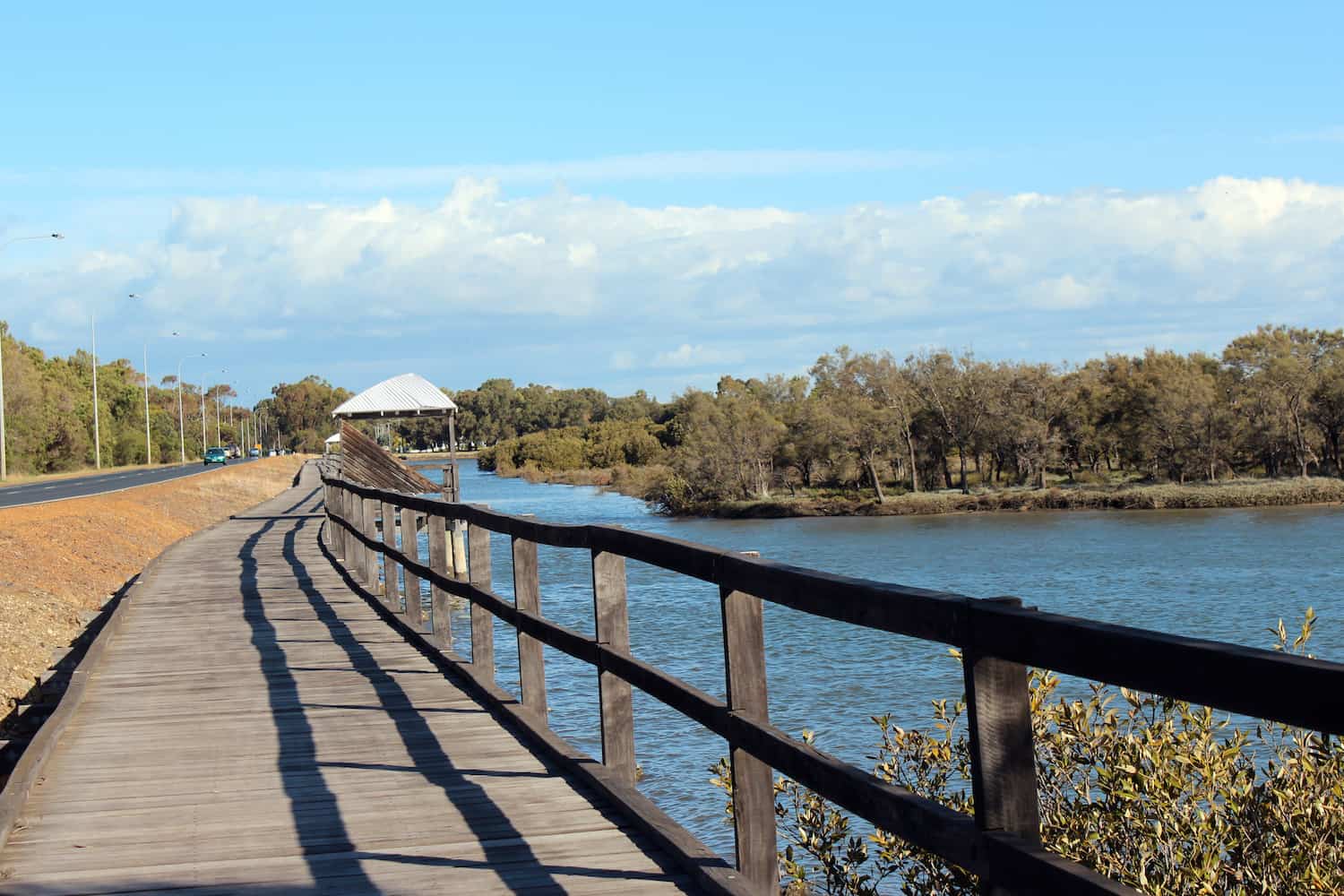
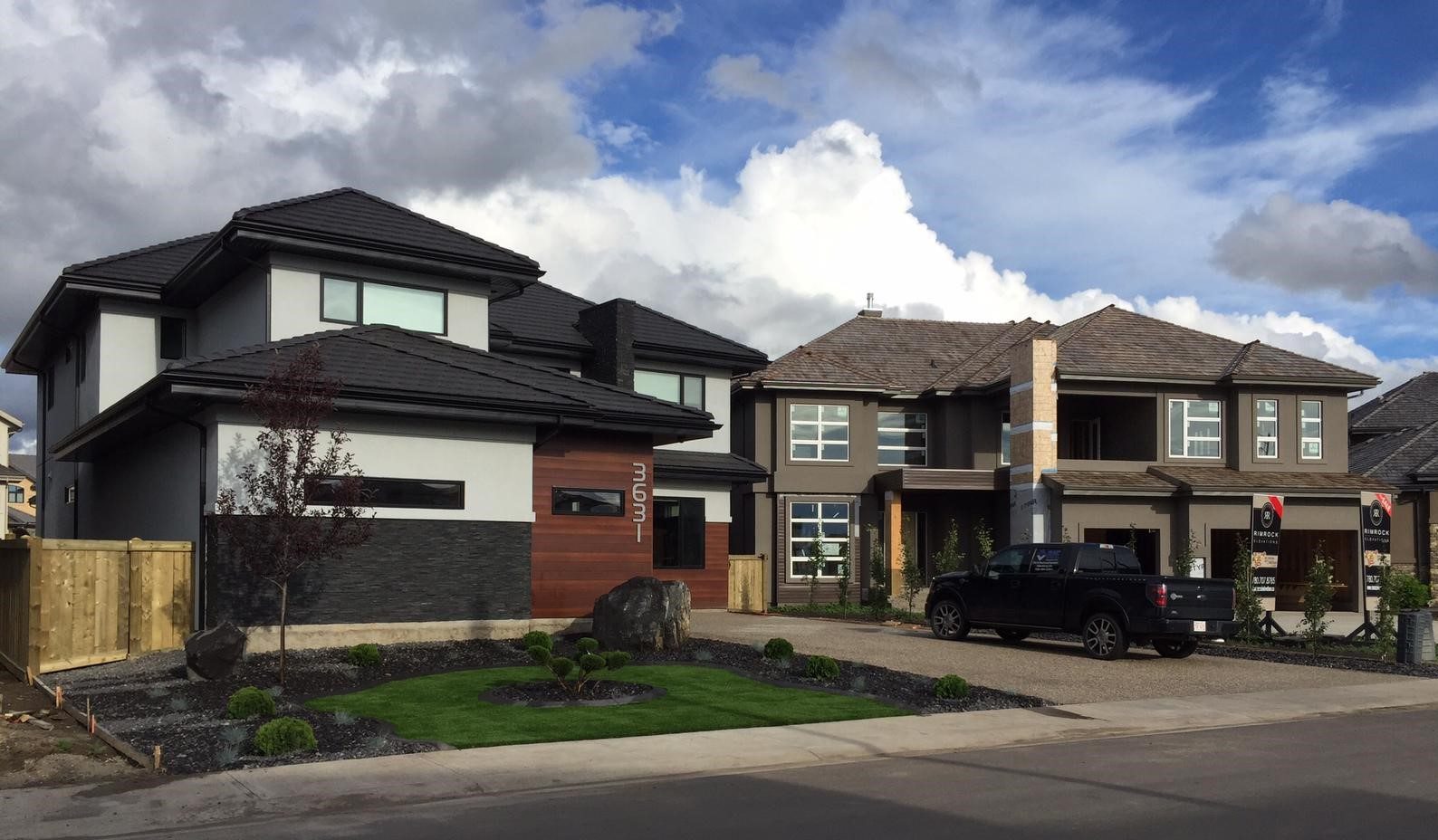
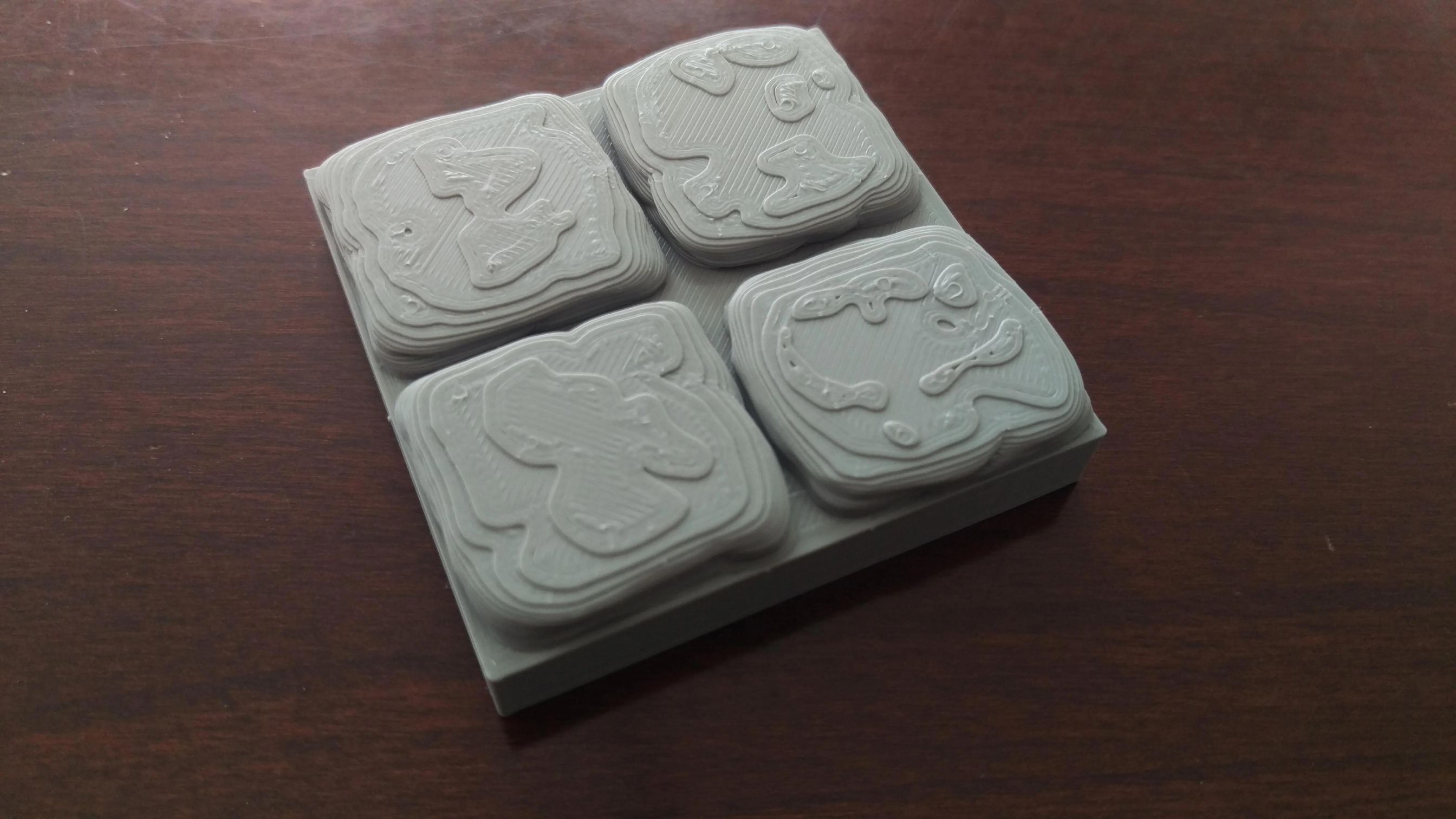
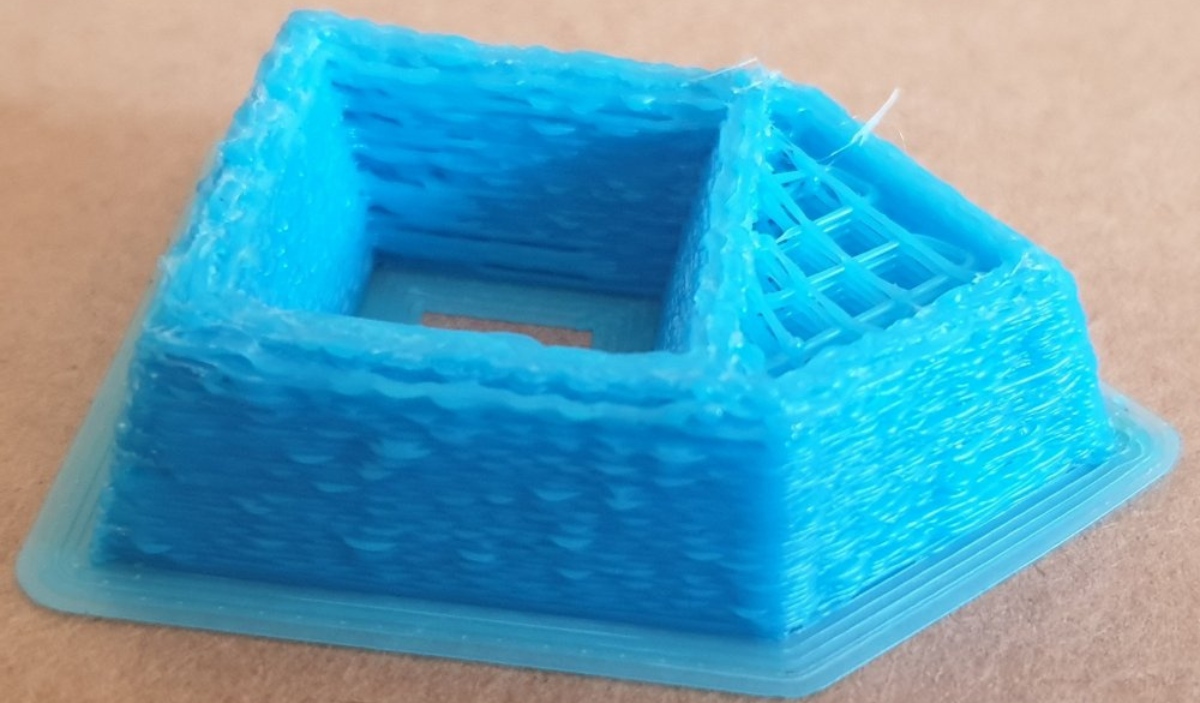
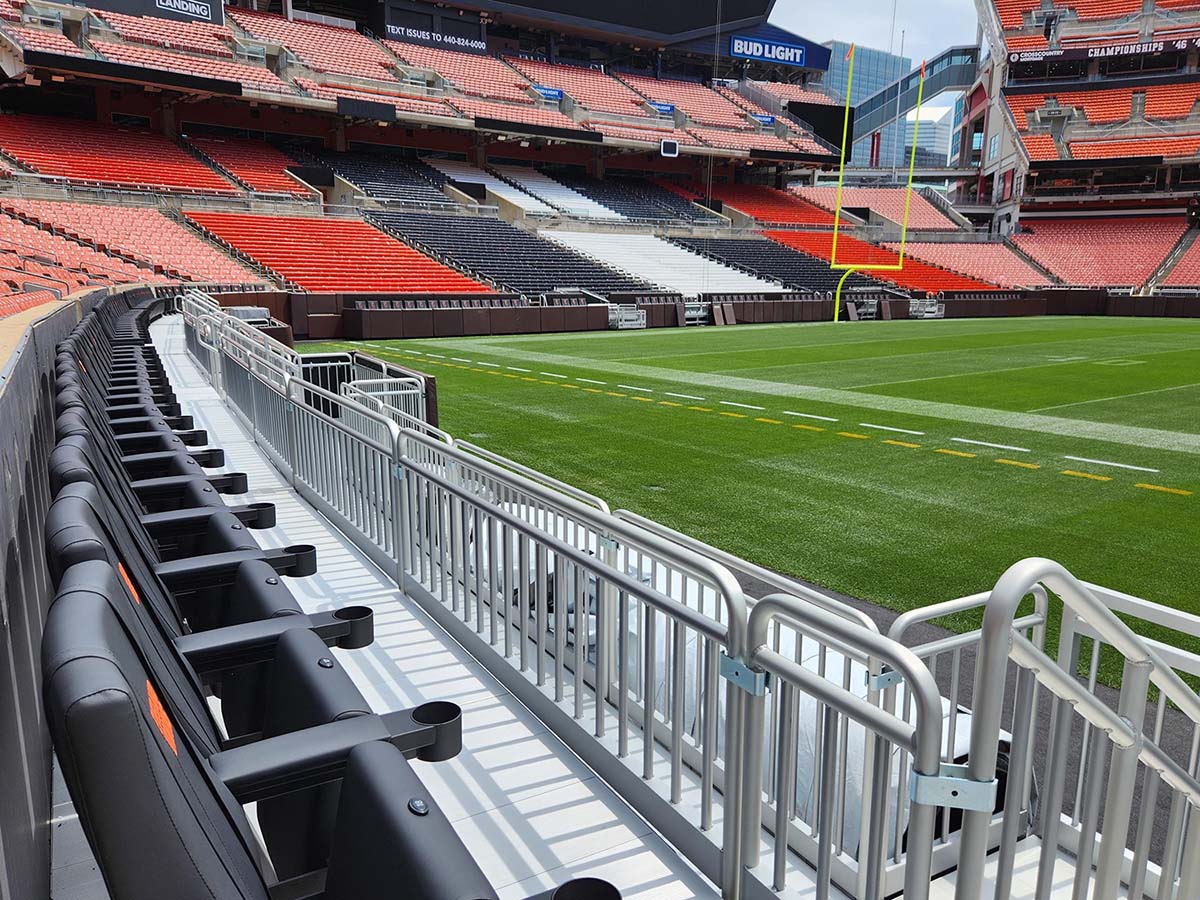
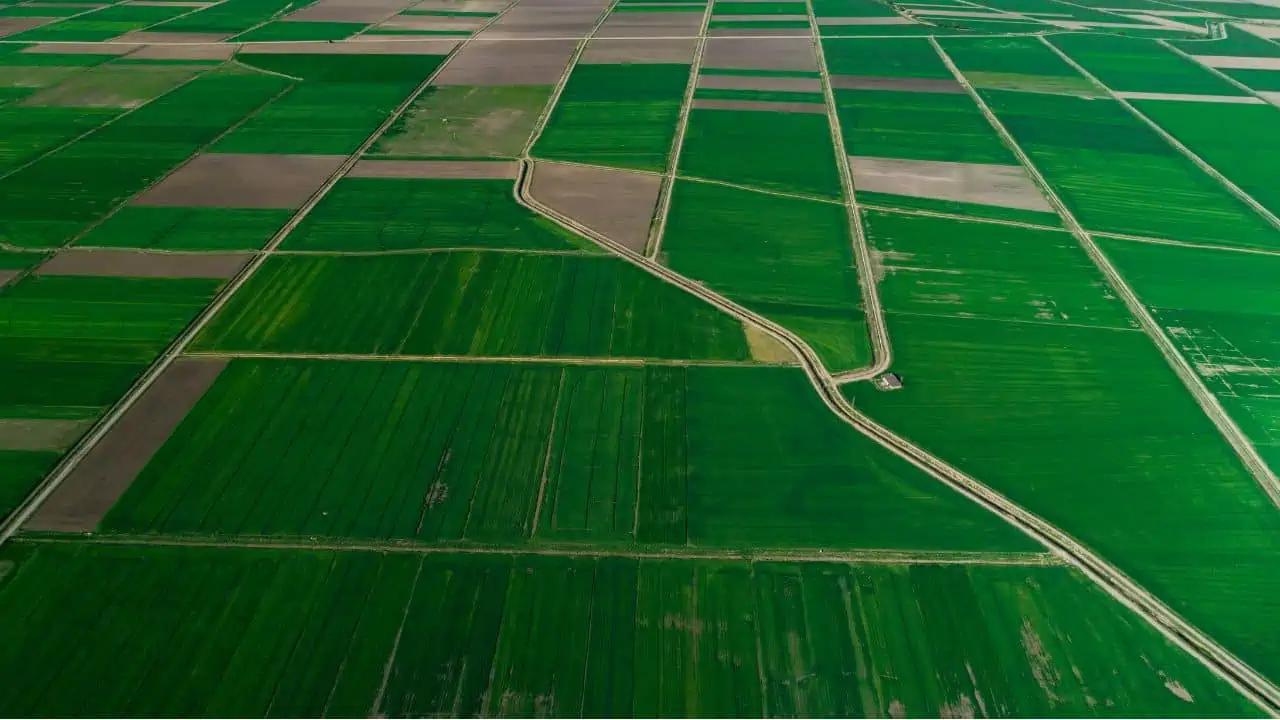
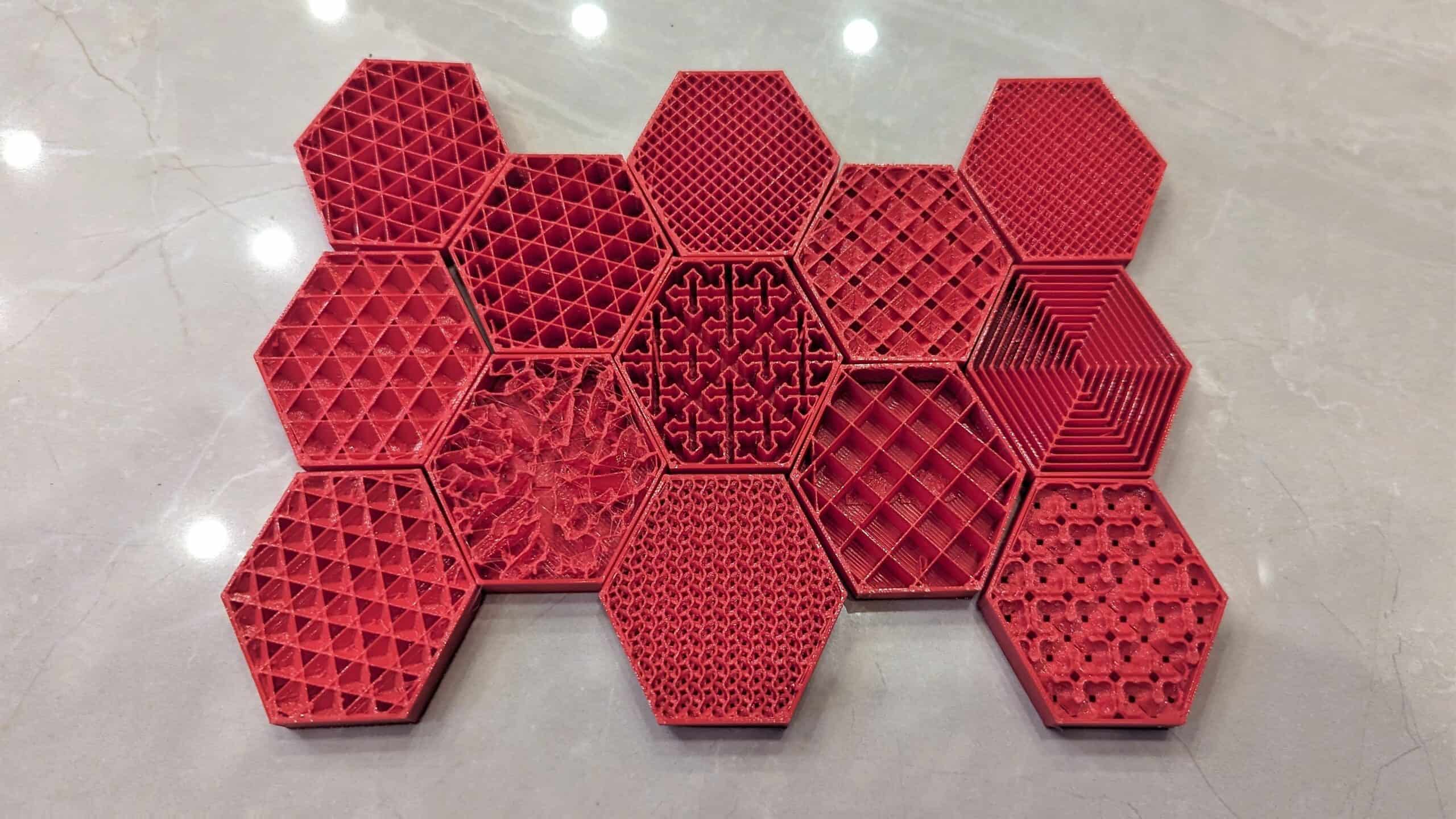
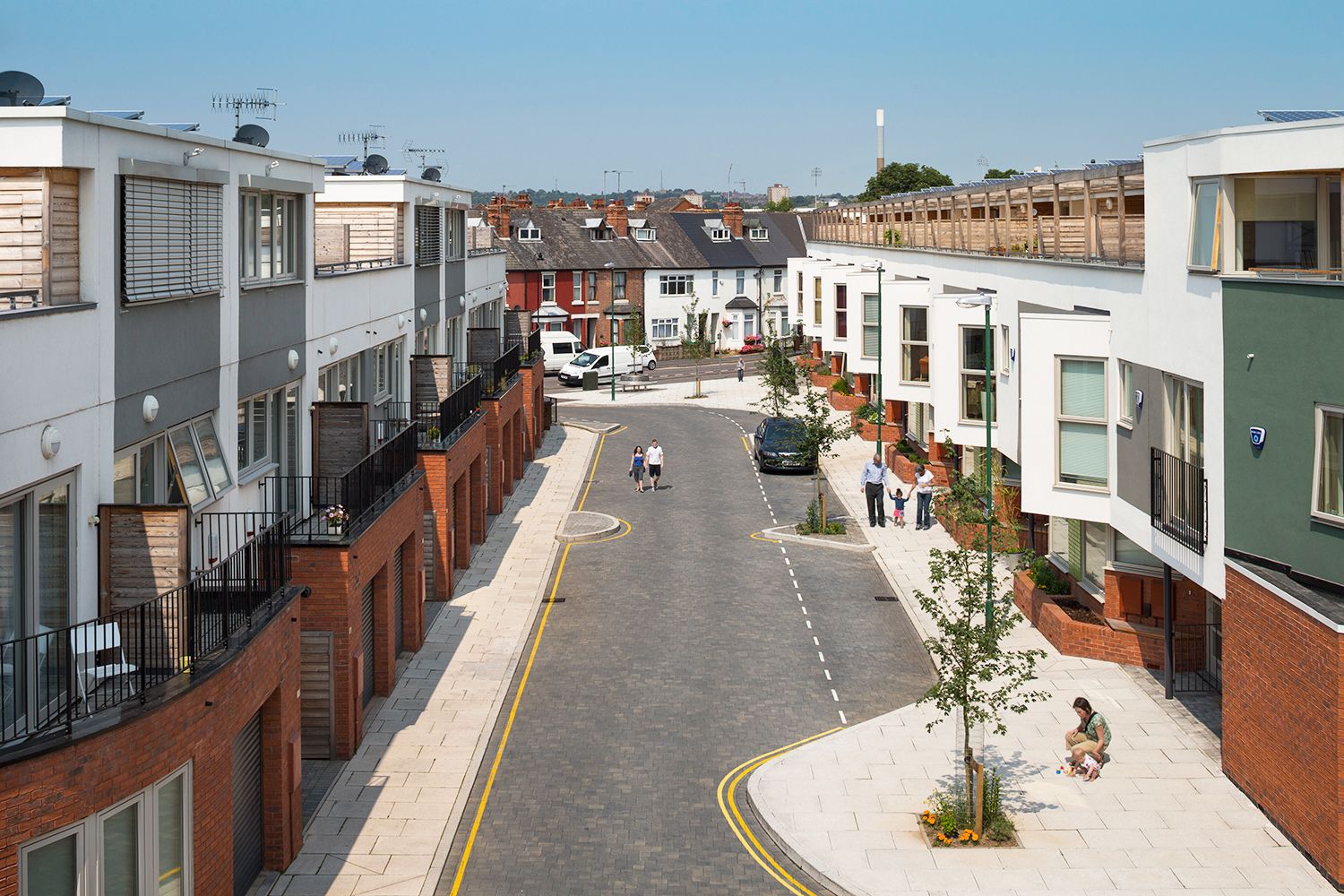
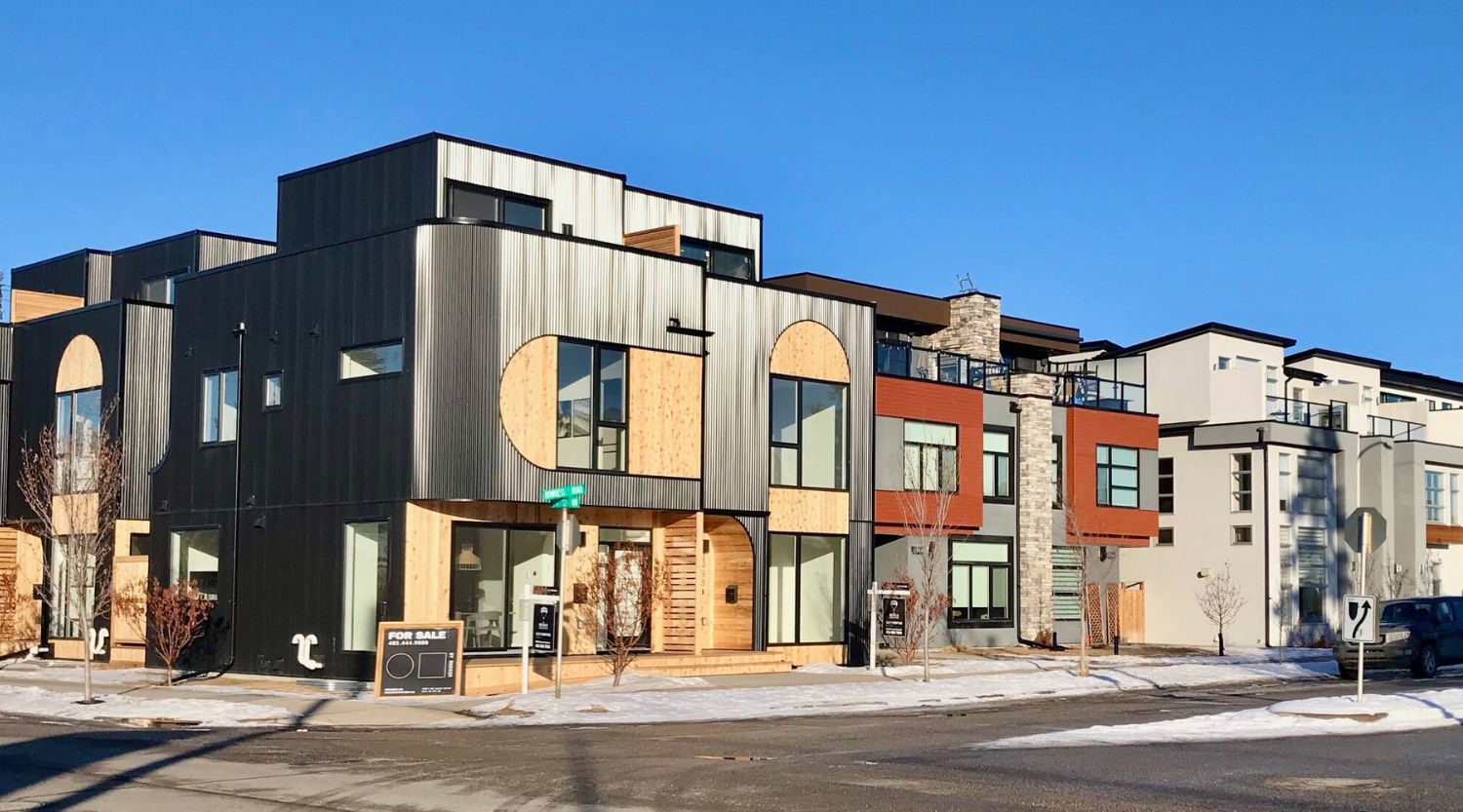
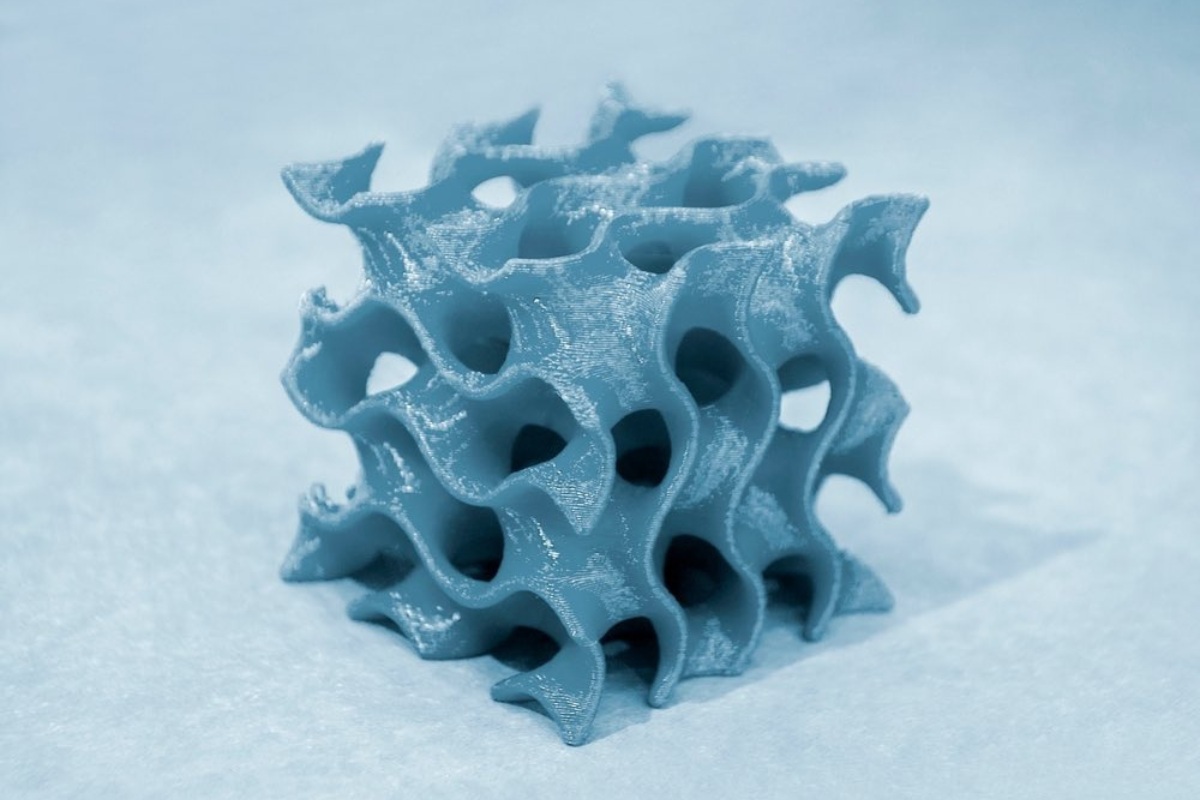

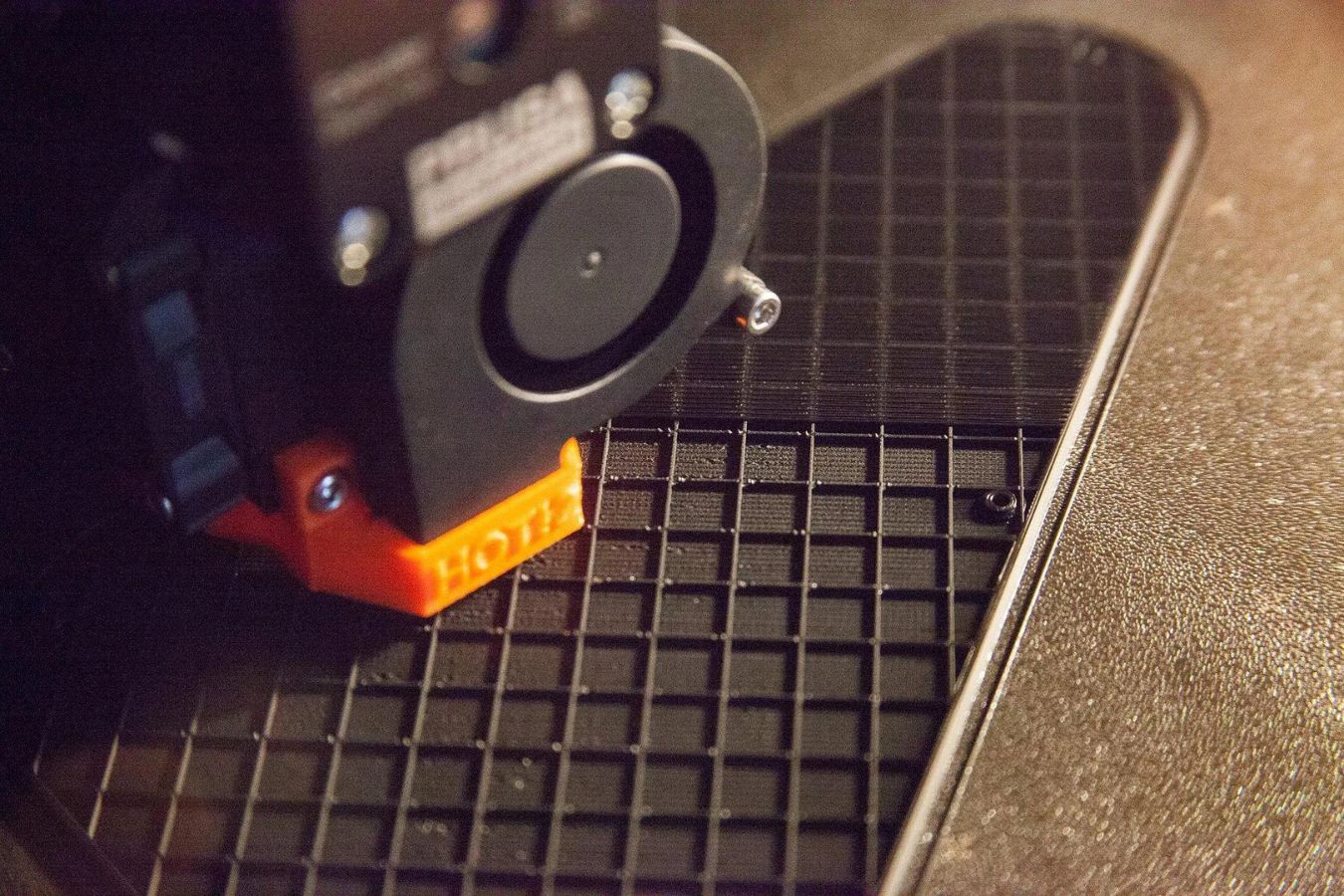
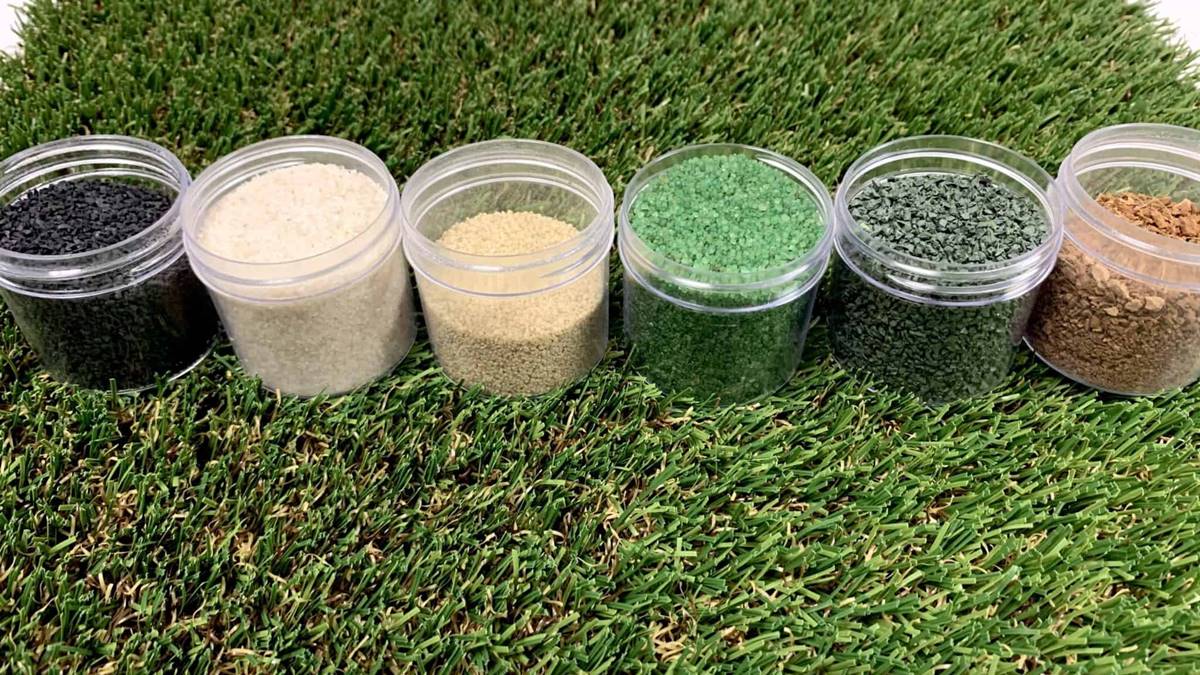
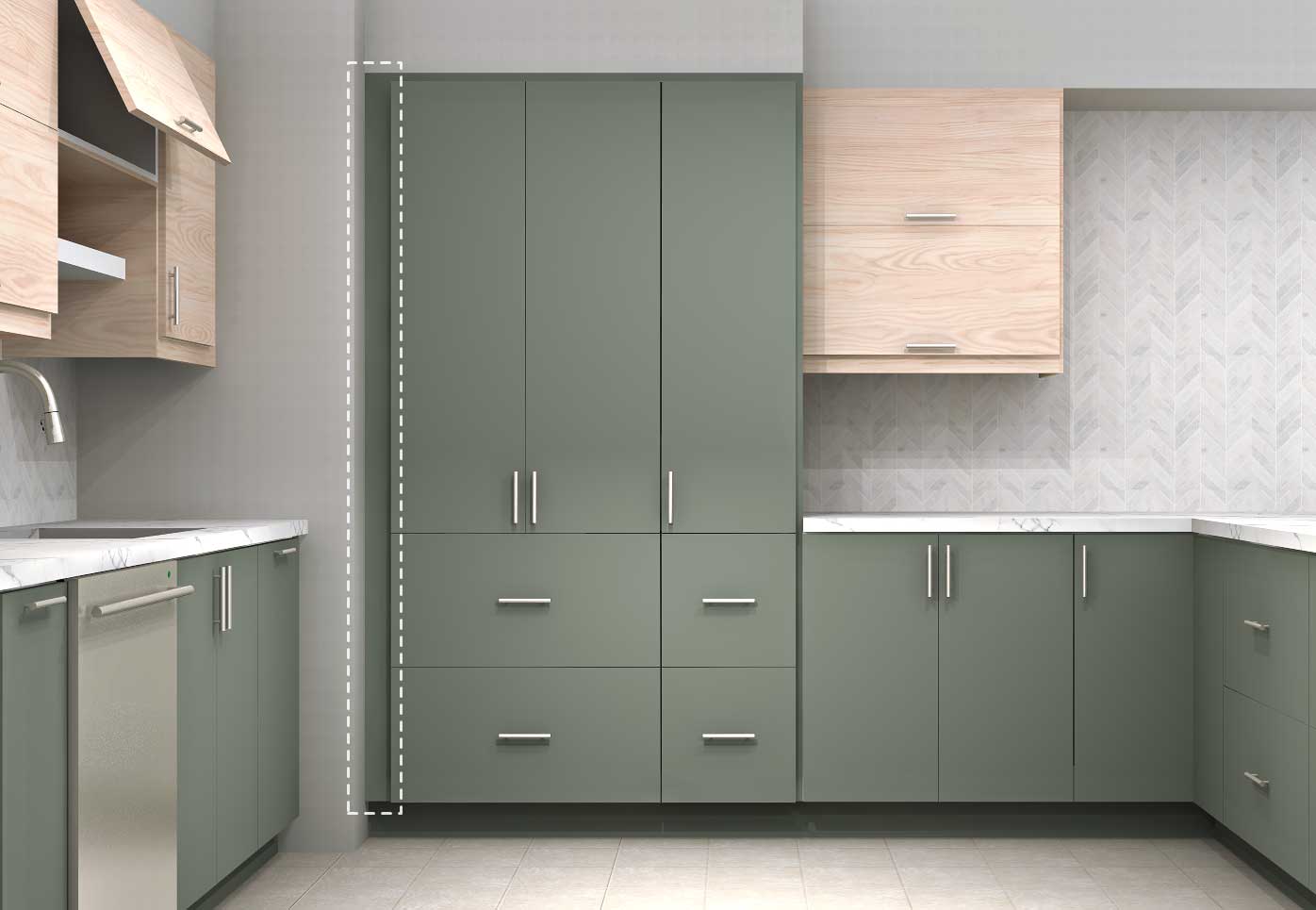

0 thoughts on “What Is A Rubber Infill”